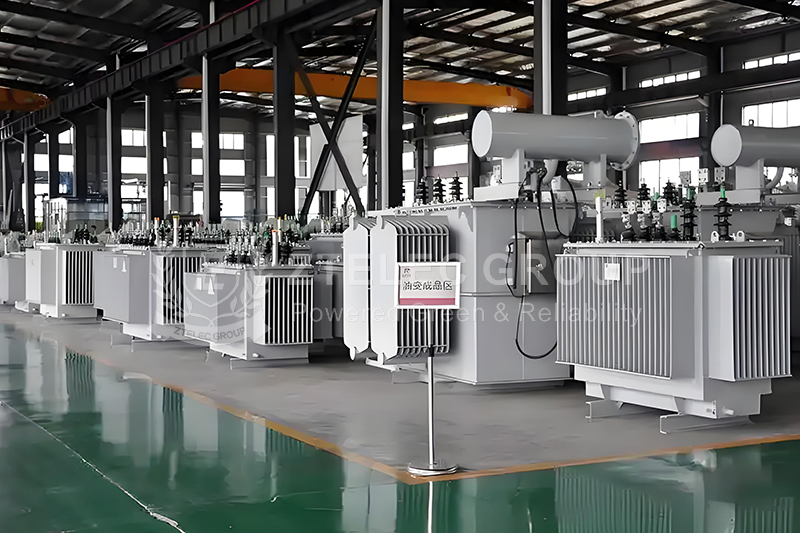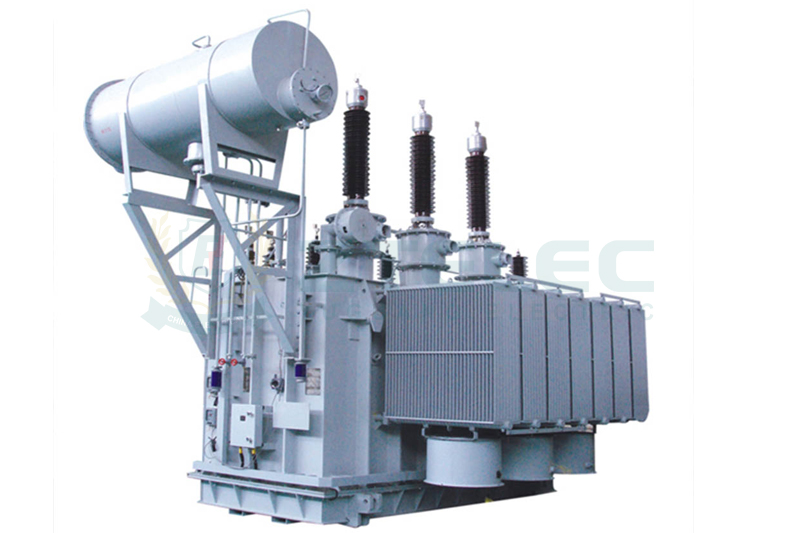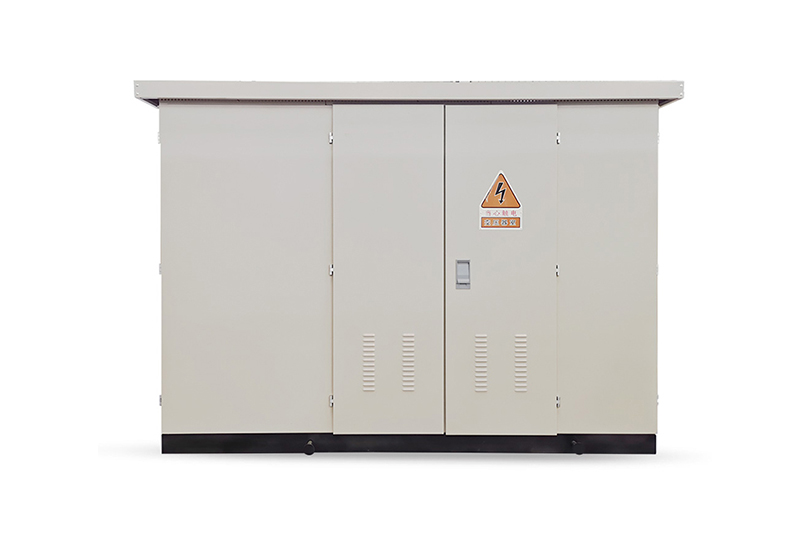How Efficient is the Heat Dissipation of Oil-Immersed Transformer Cores?
Time:2025-06-10 Auther:ZTelec-www.ztelectransformer.com
Oil-immersed transformers are a cornerstone of modern electrical power distribution and transmission systems. Their reliability, longevity, and efficient operation are largely dependent on their ability to manage heat effectively. Among the critical components in heat management, the transformer core — often made of laminated silicon steel — plays a pivotal role. This article dives deep into the heat dissipation efficiency of oil-immersed transformer cores, exploring how the design, cooling mechanisms, and operational factors influence their performance.

Understanding Oil-Immersed Transformer Core and Heat Generation
The transformer core in oil-immersed transformers primarily functions to guide the magnetic flux between the primary and secondary windings, enabling voltage transformation via electromagnetic induction. During operation, the core experiences hysteresis and eddy current losses, which generate heat. Additionally, the copper or aluminum windings around the core also generate heat due to electrical resistance.
This heat, if not effectively removed, can degrade the insulation, reduce transformer efficiency, and shorten service life. Hence, efficient heat dissipation from the core and windings is critical for transformer performance.
Role of Transformer Oil in Heat Dissipation
One of the key advantages of oil-immersed transformers over dry-type transformers is their superior cooling capability. Transformer oil acts both as an electrical insulator and a cooling medium. It absorbs heat from the core and windings, then transfers it to the transformer’s external cooling surfaces.
Transformer oil circulates naturally by convection currents inside the tank, carrying heat away from the core. This process is supported by oil pumps or external radiators in larger transformers, improving heat exchange with the environment.
Heat Dissipation Efficiency of the Transformer Core
The heat dissipation efficiency of the transformer core depends on several factors:
Core Material: High-quality silicon steel laminations with low hysteresis and eddy current losses reduce internal heat generation.
Lamination Thickness: Thinner laminations minimize eddy current loops, reducing core losses and heat buildup.
Oil Flow and Circulation: Efficient oil circulation around the core ensures heat is quickly carried away.
Core Design and Assembly: Proper stacking and insulation between laminations help reduce hotspots.
Ambient Temperature and Cooling System: The external cooling design (radiators, fans, pumps) influences how quickly heat dissipates.
Optimizing these elements ensures the core remains within safe operating temperatures, preventing thermal degradation and maintaining transformer reliability.

Common Cooling Methods in Oil-Immersed Transformers
Several cooling techniques enhance heat dissipation in oil-immersed transformers:
ONAN (Oil Natural Air Natural): The most basic cooling method, relying on natural oil convection and ambient air cooling.
ONAF (Oil Natural Air Forced): Uses fans to force air across radiators, improving heat dissipation.
OFAF (Oil Forced Air Forced): Employs oil pumps and forced air to increase cooling capacity for large transformers.
OFWF (Oil Forced Water Forced): Uses water cooling systems for high-power transformers where air cooling is insufficient.
Each method targets improved heat transfer from the core and windings to the oil, and then from oil to the external environment.
Factors Affecting Heat Dissipation Efficiency
Despite advanced design, several external and internal factors influence core cooling efficiency:
Oil Quality and Aging: Over time, transformer oil can degrade, losing dielectric and cooling properties, reducing heat transfer efficiency.
Dirt and Dust on Radiators: External dirt build-up insulates radiators, hindering cooling.
Ambient Temperature: High surrounding temperatures reduce the temperature gradient, lowering cooling efficiency.
Transformer Loading: Overloading generates excessive heat, challenging cooling capacity.
Innovations to Improve Core Heat Dissipation
Recent advances in transformer design and materials improve heat dissipation efficiency significantly:
High-Performance Magnetic Materials: Using amorphous steel or nano-crystalline alloys reduces core losses.
Enhanced Oil Flow Design: Optimizing oil channels and flow paths around the core improves heat transfer.
Advanced Cooling Systems: Incorporation of intelligent cooling controls, variable speed pumps, and fans adjust cooling dynamically based on load.
Improved Insulation Systems: High-temperature insulation materials tolerate greater heat without degrading.
The heat dissipation efficiency of oil-immersed transformer cores is a complex interplay of material properties, cooling design, and operational factors. Properly designed and maintained oil-immersed transformers benefit from effective heat transfer through the insulating oil and external cooling systems, ensuring safe operation, improved efficiency, and longer lifespan.
Regular maintenance, including oil testing and radiator cleaning, combined with modern design innovations, can maximize heat dissipation efficiency and optimize transformer performance in demanding electrical networks worldwide.




